While it recently announced plans to continue building gas-powered models into the next decade, few brands have made a broader commitment to electrify than Cadillac. The General Motors luxury brand already sells the mid-size Lyriq and will add two high-end models later this year. It’s set to follow up with the new entry-luxury Cadillac Optiq making its formal debut today.
When it comes to battery-electric vehicles, this is turning into a busy year for Cadillac. It’s already selling the mid-range Lyriq and will follow with twin flagships – the Escalade IQ sport-utility vehicle and the low-volume, largely hand-built Celestiq grand tourer. At the other end of the spectrum, it will add the new Optiq.
Though it’s a downsized sibling of the current Cadillac Lyriq EV, the automaker is expecting to win over buyers both new to the brand and new to EVs. Among other things, expect marketing efforts to emphasize the electric crossover’s estimated 300 miles of range and relatively quick charging times, along with the availability of GM’s hands-free Super Cruise system..
Starting at $54,000, including delivery fees, “OPTIQ will be an important gateway to attract luxury EV intenders to Cadillac as we look to offer a fully electric portfolio by the end of the decade,” said Caddy’s Global Vice President John Roth.
A change in strategy

The 2025 Cadillac Optiq draws inspiration – and many key components – from the bigger Caddy Lyriq EV.
All told, Cadillac will have at least five all-electric models in its line-up by late 2025, Optiq to be followed by the slightly larger Vistiq. And still other EVs are reportedly in the works. But that doesn’t mean the General Motors luxury brand is sticking with its original playbook.
The original plan was to go 100% electric by the end of the decade. During a background briefing on the Optiq earlier in May, Roth announced that “EVs and ICE,” shorthand for internal combustion engines, “will coexist for a number of years. We want to make sure (buyers) have that luxury of choice.”
The shift reflects current market realities. After growing eightfold between 2019 and 2023, EV sales growth has suddenly slowed and is expected to run no more than 10% in 2024, according to forecasts from J.D. Power, S&P Global Mobility and others.
Even so, the luxury market is expected to post some of the healthiest sales growth, high-end buyers less put off by the higher price premium – the typical EV running $5,000 to $10,000 more than comparable ICE models.
All in the family
The compact Optiq picks up on key design cues we first saw with Lyriq, starting with the vertical LED headlights and lightbars. There’s a small grille with the latest iteration of the Cadillac crest at its center. The grille is, as with most EVs, sealed. There’s no engine compartment to push air into. But Optiq has a second, lower grille feeding in air to cool its motors and battery pack.
As with Lyriq, aerodynamics played a critical role in developing the crossover’s design. Among other details, it features twin rear spoilers.
Though it slots in several steps lower in Cadillac’s planned EV line-up, Optiq’s interior features plenty of refined details, though many traditional luxury materials have been replaced by more sustainable alternatives. That includes patterned fabric woven from yarn made from recycled materials. And its “PaperWood” veneer, Caddy explained, “is made up of equal parts op tulip wood and recycled newspapers.”
More Cadillac News
- We Review the 2024 Cadillac XT4
- Cadillac Teases its 5th EV, the 3-Row Vistiq
- Caddy’s Opulent Velocity Concept Teases Future Line of High-Performance EVs
Under the skin

The use of GM’s Ultium platform allows Optiq’s wheels to be moved to the corners. That yields a midsize interior despite its compact footprint.
Like Lyriq – and the other EVs set to flesh out the Caddy line-up — Optiq rides on one of parent GM’s skateboard-like platforms and uses the automaker’s new Ultium battery technology and electrical architecture.
One of the benefits is that the wheels have been pushed to the corners, stretching Optiq’s wheelbase to 116 inches. That’s a full 5 inches longer than the gas-powered XT5, though 5 inches shorter than the Lyriq.
The cabin, meanwhile, gains some of the space that would, with an ICE drivetrain, be used for the engine compartment. And there’ll be a flat load floor. While Optiq’s exterior footprint is that of a compact SUV, the interior will be closer to that of a midsize model. There’s a significant amount of rear legroom and a large cargo compartment. But, as with Lyriq, the new Optiq does not offer a frunk, or “front trunk,” unlike some competing models.
Powertrain
At least at launch, all versions of the Cadillac Optiq will be equipped with a twin-motor, all-wheel-drive powertrain making 288 horsepower and 333 pound-feet of torque. Roth left open the possibility that – as with Lyriq – a less expensive single-motor version may follow.
One-pedal driving is a standard feature. It functions much like a gas engine downshifted several gears, allowing a driver to slow, even come to a complete stop, without using the brakes. The braking system, meanwhile, is regenerative, meaning energy normal lost when slowing or coasting is recaptured and returned to the battery pack. A paddle on the steering wheel can increase the level of regen on demand.
Optiq’s motors draw power from an 85 kilowatt-hour lithium-ion battery pack which is rated to deliver an estimated 300 miles per charge. (Final EPA numbers have yet to be released.)
Depending upon the power of the public quick charger, Caddy claims Optiq will be able to add as much as 79 miles of range in just 10 minutes. Running for a 10 to 80% state-of-charge is likely to take a bit over 30 minutes, based on other GM EVs. And using a conventional home 240-volt system will likely take around 8 hours.
Technology
Despite being the brand’s “base” EV, there’ll be plenty of technology in Optiq. That includes a curved, one-piece digital display measuring 33 inches. While the touchscreen infotainment system operates many key vehicle functions, the crossover retains a number of conventional controls, primarily for climate and audio systems.
One thing that could take potential buyers by surprise is the lack of either Apple CarPlay or Android Auto. GM is phasing out those two systems in favor of its own, integrated infotainment system. It claims the in-house technology will offer a more seamless user experience. Whether buyers will agree remains to be seen.
As with Lyriq, the smaller EV will offer Super Cruise as an option. The system will allow hands-free driving on up to 750,000 miles of U.S. and Canadian roadways, Cadillac claims. And the latest version of the technology adds functions like auto lane changes when there’s a slower vehicle ahead.
The 2025 Cadillac Optiq adds a standard 128-color ambient lighting system to the cabin, as well as animated exterior and interior lighting triggered when you approach or depart the vehicle.
Global rollout
Production will begin this coming autumn and that should mean the first Optiq crossovers will reach U.S. showrooms before year-end. But the automaker has more expansive plans for the new EV. It will be marketed in 10 global markets, including Europe, where Caddy has been an all but invisible player in recent years.
“As part of Cadillac’s all-electric entry into Europe, we are excited to host OPTIQ’s debut in Paris. We look forward to providing specifications and opening sales for OPTIQ later this year,” said Jaclyn McQuaid, president and managing director of GM Europe.
One of the big questions is whether Caddy can avoid the problems that plagued the launch of the Lyriq, its first all-electric model. It suffered from a variety of early software glitches, as well as production snags at the Ultium battery plant in Ohio. Caddy officials insist they’ve worked through those issues and expect to see a much smoother launch of Optiq, along with the other EVs the brand is getting set to launch.

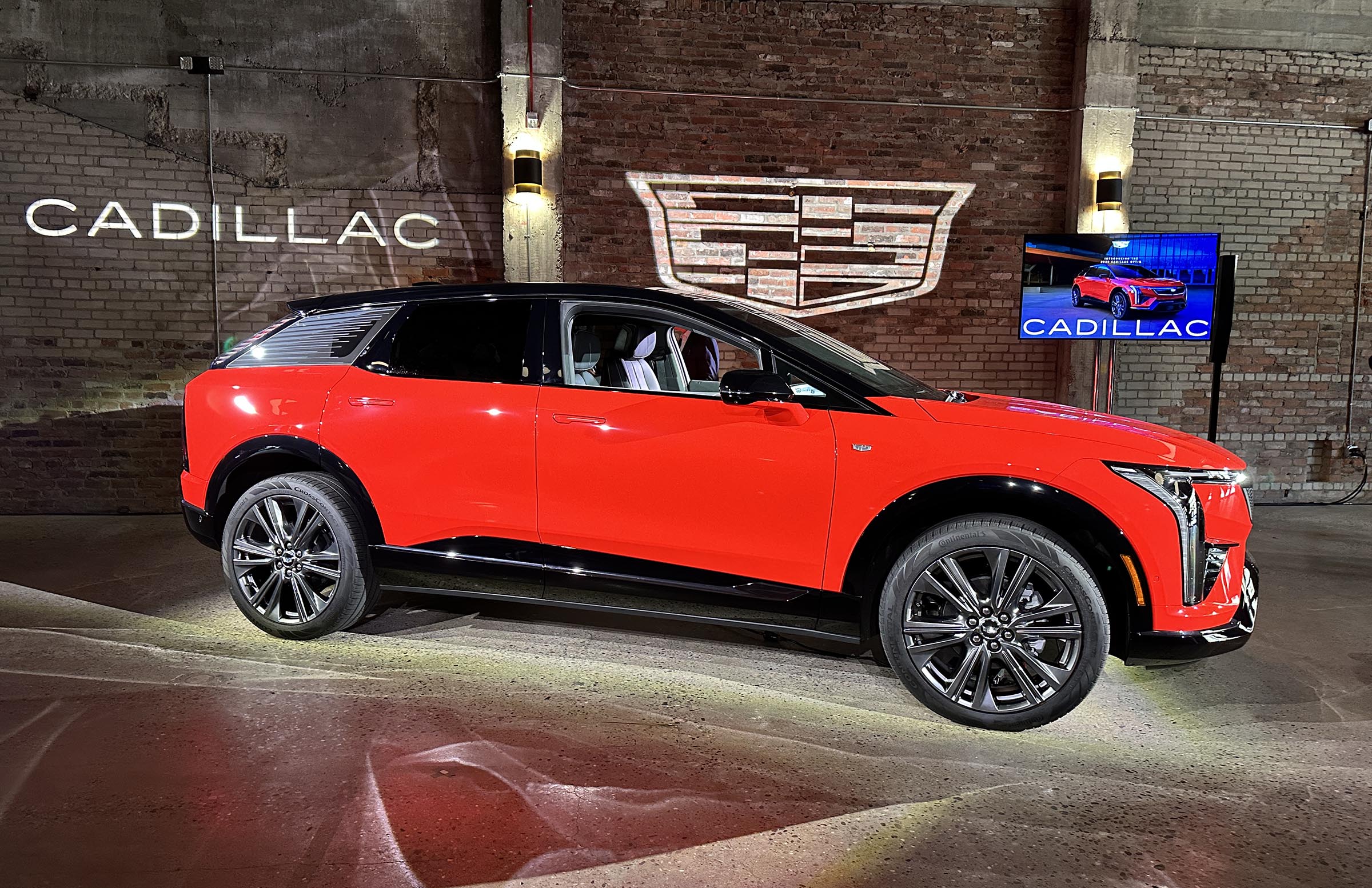
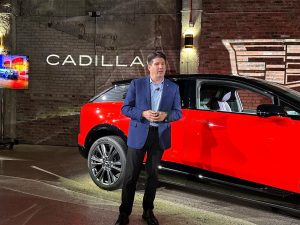




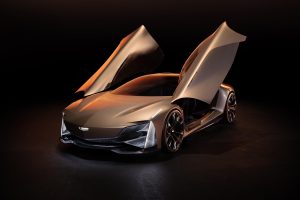
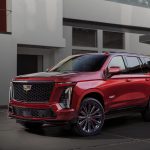
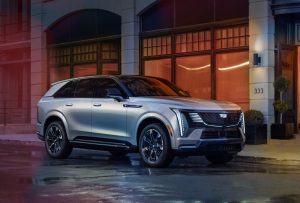
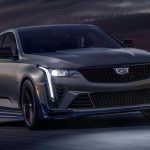



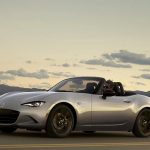
0 Comments